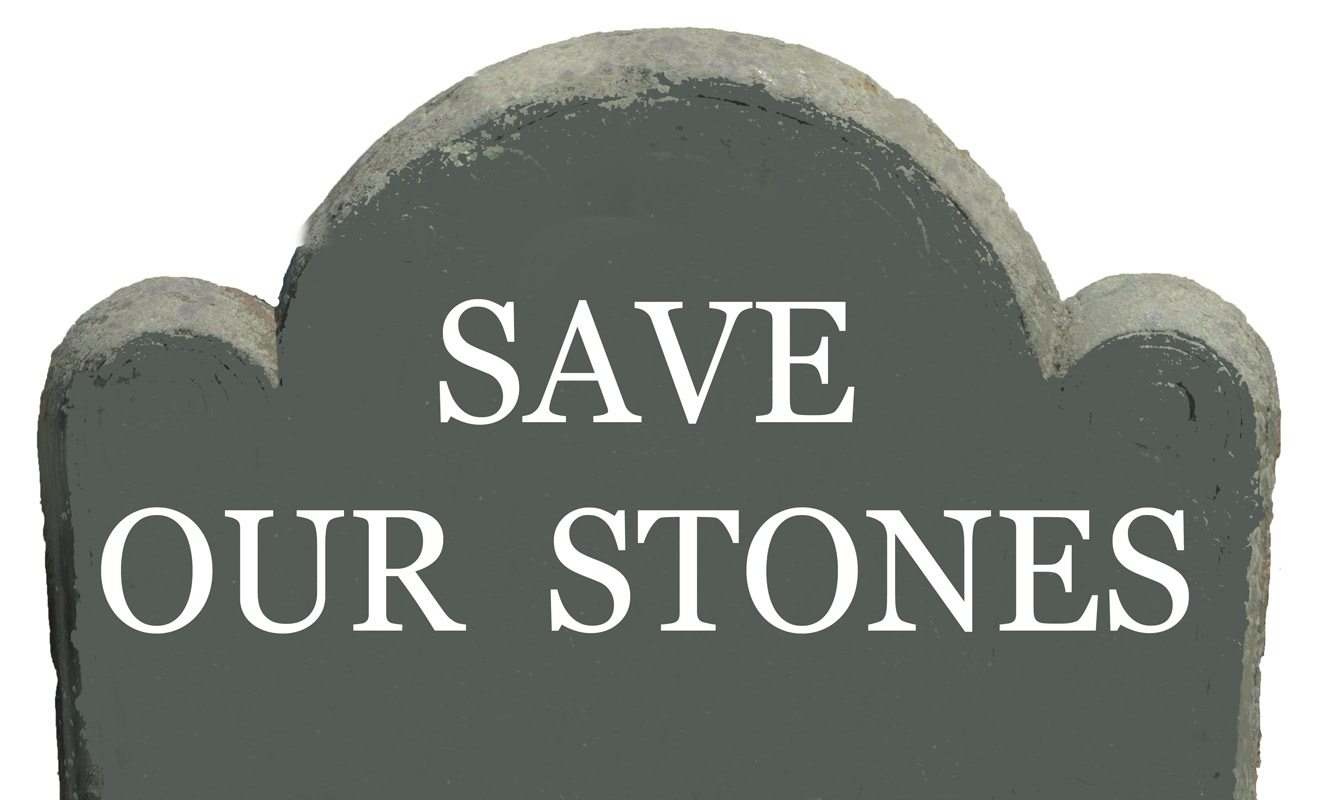
Trinity Churchyard (NT010)

The churchyard at Trinity Church is the most quintessential English burial site in the city. This Anglican congregation was established in 1698, and the existing building which dates from 1726 was enlarged in the 1760s. The oldest monument from 1704 for Thomas Mallett is among the 246 other graves marked with excellent examples of Colonial era carved stones. Many members of the congregation are buried in the Common Burying Ground, as burial on church property was reserved for prominent and faithful members.
In addition to the burials around the church, the interior is enhanced by handsome stone monuments and stained-glass windows. John B. Hattendorf’s publication, Semper Eadem: A History of Trinity Church in Newport 1698-2000, includes detailed information about the monuments in the church as well as the graves outside.
Notable burials:
Rev. James Honyman(1675-1750) first visited Newport as a Navy chaplain in 1701 and returned in 1704 to lead the congregation. His appointment was opposed by a faction of the congregation that supported another candidate and a conflict continued until 1709 when Honyman was accepted as minister by a majority of the members. Honyman’s decades of service to the church ended with his death in 1750. Under his guidance the church was built in 1701 and a newer structure in 1728. No other clergy served Trinity as long as did Honyman.
Francis Malbone(1727-1785) arrived in Newport from Virginia to join his uncle Godfrey in business. The Malbones made fortunes as privateers, merchants, slave traders and distillers. In 1758 Francis Malbone built a mansion on Thames Street that is attributed to Peter Harrison, one of America’s first architects. In 1762 Malbone, along with three other members of Trinity, funded the expansion of the church to its current configuration. Frances Malbone was the eleventh richest man in the city in 1772.
Nathaniel Kay(1675c-1734) served the city of Newport as the customs collector for the King of England. Active in the church vestry for many years, he left property and funds to Trinity when he died. He funded a school for poor boys that stood at the corner of School Street and Mary Street. Gilbert Stuart, an important American artist, and Benjamin Waterhouse who introduced the smallpox vaccine to America, were students at the school in their youth. The school was rebuilt in 1799 and in 1868 became the home of Shiloh Baptists Church. Kay Street and Kay Chapel in Newport are named for Nathaniel Kay.
Lucia Berkeley(1731) was the infant daughter of George Berkeley, known later as Bishop Berkeley. She died three days before the family planned to return to England and was buried alongside Nathaniel Kay. Berkeley’s time in Newport (1729-1731) inspired the creation of the Redwood Library (1747). In 1733 Berkeley gifted an organ to the church
Dr. William Hunter(1731-1777) is credited with giving the first course of anatomical lectures in America. He died from a fever he caught while attending a British soldier during the American Revolution.
William Hunter, Jr.(1774-1848) was the son of Dr. Hunter and educated in the law in England. He entered politics when he returned to Newport and served in state government and as a United States Senator. He is most associated with a Colonial era house in Newport he owned from 1805 to 1849. The house was later purchased and restored by the Preservation Society of Newport County and is known today known as the Hunter House.
Use this link for a complete listing of burials in this site on the Rhode Island database






